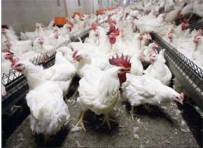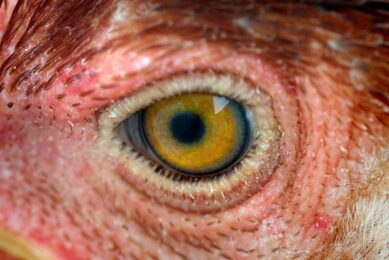Mating behaviour and fertility of broiler breeder males

One of the more difficult tasks when raising broiler breeder cockerels is controlling weight gain in the rearing house without inflicting excess stress.
This is a period of time for the young male when many portions of their reproductive system are in the formative stages and, if neglected, can have life long effect on their reproductive performance.
The objective of this study was to raise males under feed management programmes which produced the recommended target body weight of 3.060 Kg for males at 12, 15, 18, 21 and 24 weeks of age.
Males were placed at three week intervals so that all males were light stimulated at the same time but at different ages with the same body weight. All males were reared in the same light controlled house at the University of Arkansas Research Farm.
Males were light stimulated and testes development, complete semen analysis, fertility and mating activity and behaviour being recorded for each group of males. Results for mating behaviour showed that younger males at the time of lighting were less successful at completing matings, crowed less often, as well as showed less wing flapping and neck flaring than older males.
Males that were older at the time of lighting had higher fertility than younger males. Males that were 24 weeks old at the time of lighting had an overall fertility of 94.5%, compared to 91.8%, 91.6%, 79.2%, and 87.3% for the other ages respectively. This study found that males that were exposed to light at ages of less than 18 weeks old showed lower fertility than older males. Younger males also exhibited less overall mating activity than older males.
Join 31,000+ subscribers
Subscribe to our newsletter to stay updated about all the need-to-know content in the poultry sector, three times a week. Beheer
Beheer








 WP Admin
WP Admin  Bewerk bericht
Bewerk bericht